Getting Rid of Your Mortgage
4 strategies to pay off your mortgage.
Mortgages are interesting to say the least. On the one hand it’s mortgages that empower homeownership, while on the other hand, they represent a huge amount of debt. And for most of us, the biggest debt we’ll ever have.
At Canadian Mortgage Experts, we understand that even though you work really hard to qualify for a mortgage, once you have it, you should want to get rid of it as quickly as possible.
So let’s look at four ways you can get rid of your mortgage.
Accelerate Your Payment Frequency
Sounds simple enough, but making the change from a monthly payment to an accelerated bi-weekly payment is one of the easiest ways to turbo-charge the repayment of your mortgage over time. Chances are you won’t even notice a difference.Typically, on monthly payments, your mortgage is split into 12 equal payments. Accelerated bi-weekly payments divide your payments in half, but rather than 24 payments, you make 26. It’s the extra 2 payments each year that accelerate the repayment of your mortgage.
Annual Financial/Mortgage Review
When you signed your original mortgage documents, chances are you locked into a term between 1-10 years. Most Canadians opt for the 5 year term and as such because they feel locked-in, they turn on the auto-pilot and rarely evaluate their mortgage mid-term. An annual mortgage review is a great idea, not because your mortgage has changed, but because most likely your financial situation has. Maybe you’ve gotten a raise at work, received a bonus or family inheritance. In this case you should consider increasing your mortgage payments or make a lump sum payment against the principal balance outstanding.
Call your Canadian Mortgage Expert at Renewal
Did you know that up to three quarters of Canadians simply sign the renewal letter they get from their lender without looking for a better deal? This can be a huge mistake. One of the best ways to make sure you’re paying the least amount of interest over the course of your mortgage, is to make sure that you get the best mortgage product every time you negotiate a new term. When your mortgage is up for renewal, make sure to talk with your Canadian Mortgage Expert. Don’t have one? That’s okay, contact CME directly and we'll help you find a broker near you!
Consider a Reverse Mortgage
Now, a reverse mortgage is still a mortgage, and in no way are we suggesting that it isn’t. However, if you’re in the later years of your life, you have a great deal of home equity, but for any number of reasons you’re struggling to meet the financial obligation of making payments on a standard mortgage, a reverse mortgage might be for you. A reverse mortgage is designed for seniors 55 years and older, requires no income or credit check to qualify and has no regular set repayment. Although a reverse mortgage is still debt, it’s the freedom you get from not making payments that will make you feel like your’e mortgage free.




